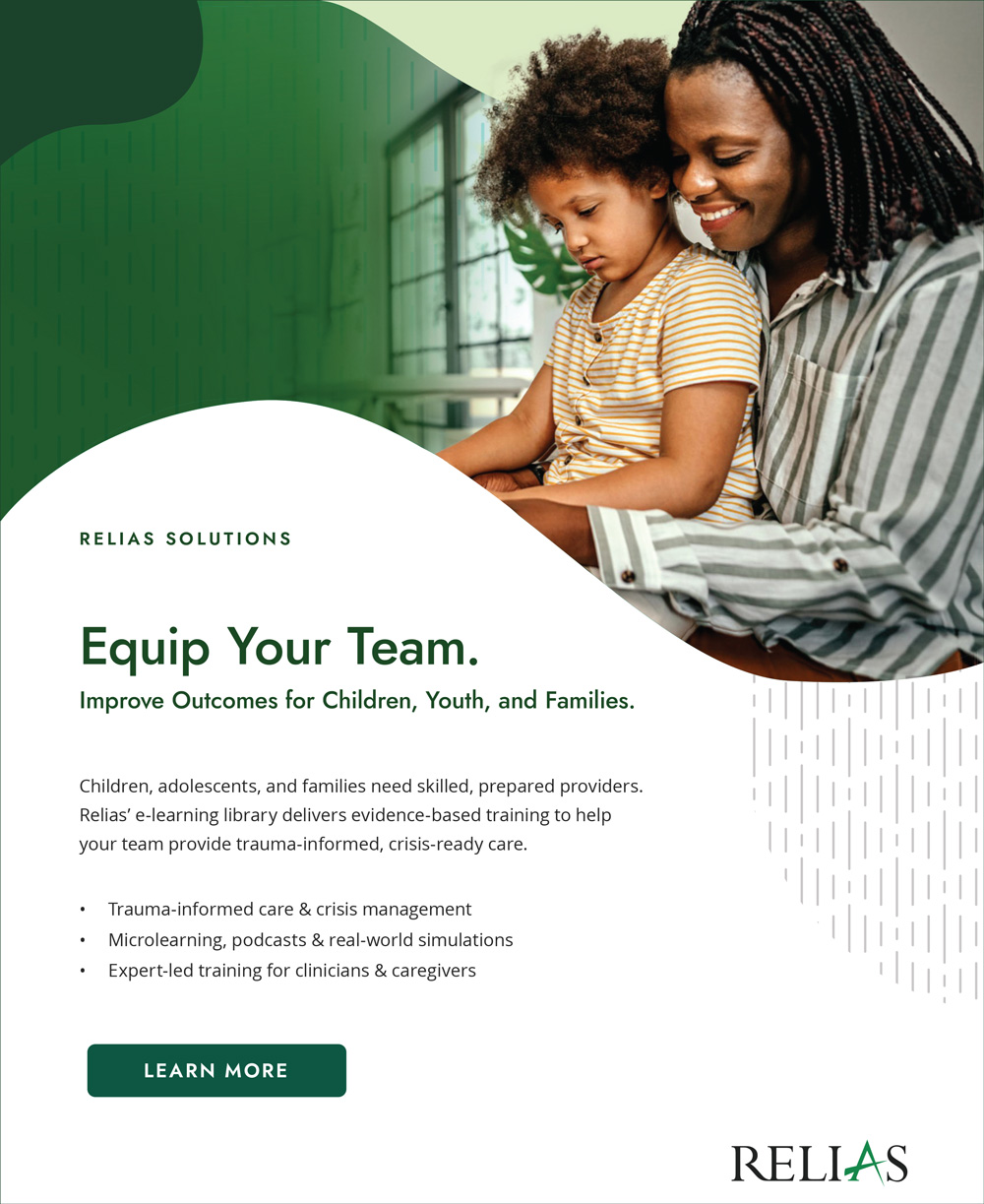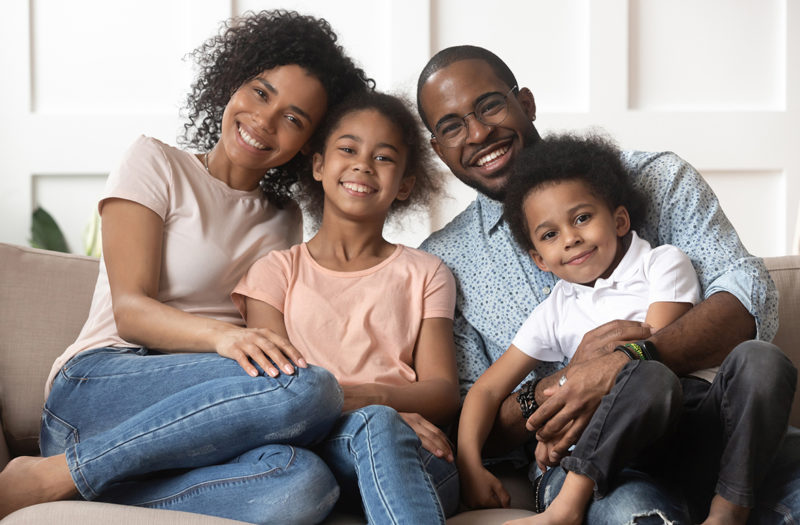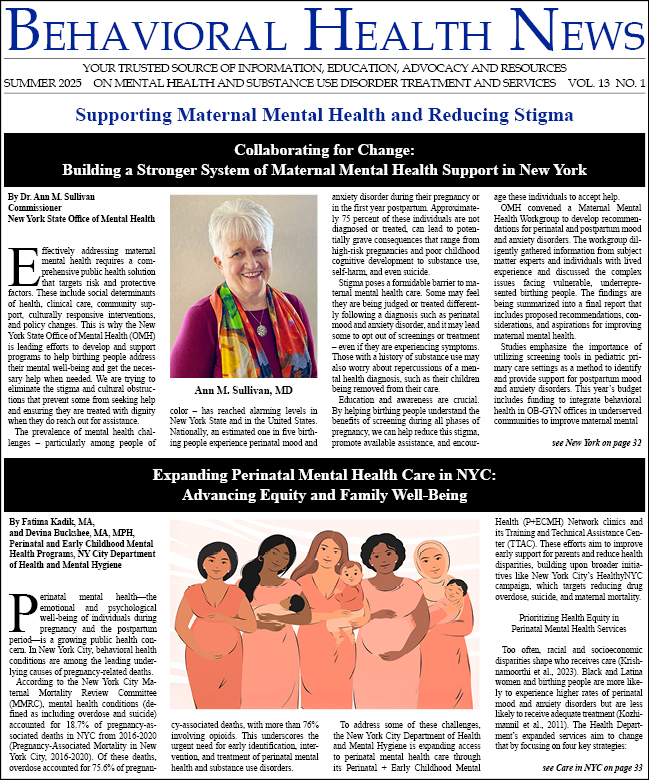Mental health challenges among LGBTQ+ youth have been an ongoing concern for human services organizations. This group faces higher rates of bullying, discrimination, and mistreatment than many other populations. As a result, they are more vulnerable to conditions such as anxiety and depression.
Given these disparities, it’s essential for human services providers to understand how to effectively support LGBTQ+ youth. Below, we’ll explore actionable ways your organization can help address the root causes of these mental health challenges and create a positive impact.

Key Risk Factors Impacting LGBTQ+ Youth Mental Health
Research consistently shows that LGBTQ+ youth are at a much greater risk for mental health struggles than their heterosexual peers. A 2021 study revealed that 42% of LGBTQ+ youth—and more than half of transgender youth—had “seriously considered attempting suicide.” Additionally, surveys indicate that LGBTQ+ youth are six times more likely to experience depression and twice as likely to struggle with suicidal thoughts.
The widespread presence of mental health disorders within this group is largely driven by societal stigma and the violence they often encounter as a result. The CDC’s 2019 Youth Risk Behavior Surveillance report highlighted major differences in the experiences of LGBTQ+ high school students:
- LGBTQ+ youth were more than twice as likely to experience dating violence compared to their heterosexual peers (16.4% vs. 6.7%).
- More than double the percentage of LGBTQ+ youth reported experiencing sexual violence compared to heterosexual youth (21.5% vs. 9.0%).
- LGBTQ+ youth were over three times more likely to have been forced into sexual intercourse (19.4% vs. 5.5%).
- Nearly twice as many LGBTQ+ students faced bullying at school compared to their heterosexual peers (32% vs. 17.1%).
These and similar forms of mistreatment play a significant role in the high rates of mental health conditions reported by LGBTQ+ youth. However, research suggests that proactive efforts toward inclusivity and respect can help reduce these negative outcomes.
Strategies to Support LGBTQ+ Youth Mental Health
Despite the many challenges LGBTQ+ youth face, human services organizations can take meaningful steps to counteract these risk factors. Studies demonstrate that when LGBTQ+ youth feel supported in safe environments, their mental well-being improves. For example, transgender youth who are able to update their name and gender on legal documents and have their pronouns acknowledged report lower rates of suicidal ideation.
Below are some effective strategies your organization can implement to foster a healthier and more supportive community for LGBTQ+ youth.
Expand Access to LGBTQ+ Mental Health Services
A 2021 study by The Trevor Project found that nearly half of surveyed LGBTQ+ youth wanted access to mental health care but were unable to obtain it.
To better support LGBTQ+ youth in your community, consider developing dedicated counseling services or acting as a resource to connect them with the mental health care they need.
Mental health support extends beyond just counseling. Schools that provide LGBTQ+ support groups, alliances, and safe spaces contribute to improved mental health outcomes for LGBTQ+ youth. By facilitating access to these resources, your organization can play a critical role in fostering well-being.
Implement Anti-Stigma Education in Schools
Beyond creating safe spaces, addressing the root cause of discrimination is crucial. Schools play a key role in reducing stigma by educating students about LGBTQ+ issues and promoting acceptance.
This type of education is vital for improving LGBTQ+ youth mental health. Studies show that individuals who experience stigma related to their sexual orientation or gender identity may struggle with self-acceptance and develop harmful coping mechanisms, such as substance use. These challenges can contribute to long-term mental and physical health issues.
To help combat stigma, your organization can offer training programs focused on anti-discrimination education. If schools are unable or unwilling to host these programs, consider offering them to parents, community leaders, and local organizations.
Collaborate with Other Community Organizations
LGBTQ+ youth don’t just face challenges at school—many also experience difficulties at home. In some cases, family rejection leads to serious consequences such as physical or emotional abuse, homelessness, or food insecurity. These experiences can significantly impact mental health.
By partnering with organizations that address issues like food insecurity and homelessness, your organization can provide LGBTQ+ youth with the holistic support they need. For example, working alongside local food banks or shelters allows you to not only help youth through their mental health struggles but also address the root causes of their trauma by ensuring they have access to basic necessities.
Final Thoughts
While LGBTQ+ youth continue to face significant mental health challenges, human services organizations have the power to make a difference. By creating inclusive environments, expanding access to mental health care, promoting anti-stigma education, and collaborating with community partners, we can help LGBTQ+ youth lead healthier, more fulfilling lives.
Jordan Baker is passionate about e-learning and helping learners achieve their goals. At Relias, he works with subject matter experts across disciplines to shape healthcare content designed to improve clinical practice, staff expertise, and patient outcomes. See more of Jordan Baker’s work at Relias.







